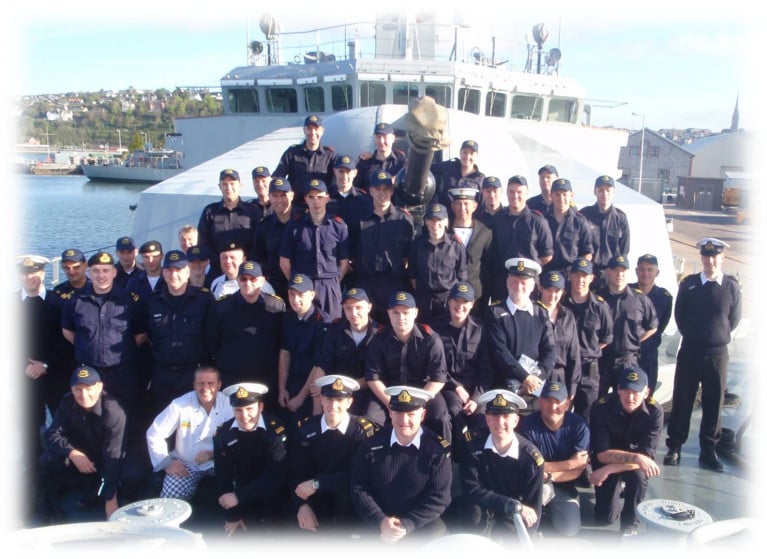Displaying items by tag: Personnel Levels
The representative body of Irish Defence Forces Officer grades has warned that if immediate, significant retention initiatives are not implemented, the forces will not only never return to its target strength of 9,500, but will continue to decline.
As RTE reports, the Representative Association of Commissioned Officers (RACO) issued the warning in a briefing document for Oireachtas members.
RACO focuses on the staff recruitment and retention crisis in the Defence Forces, noting that despite Government commitments to boost numbers, they have fallen to an all-time low of 8,485 due to an "unsustainably high" staff turnover rate of 10.5% last year.
At the end of April, the Army had 6,867 members, the Naval Service had 892, while the Air Corps had 726.
In 2019, 870 Defence Forces members left the service, while 605 joined - a net loss of 265.
There are currently 1,015 vacancies, up from 327 at the end of 2017
In addition RACO highlights the impact of Covid-19 restrictions which will exasperate matters and more can be read here





























































